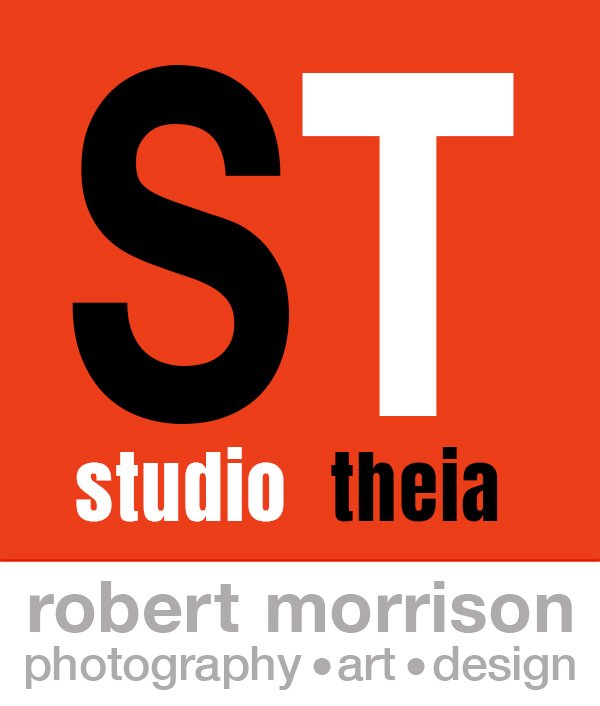Photographers have always had their tools, Ansel Adams, the legendary landscape photographer, spent hours upon hours in the darkroom light painting his images, experimenting with different chemicals used during the development process to cast different tones on his BW images. People have even speculated that he merged different negatives to create final images. When an artist uses a camera they find themselves like a painter or sculptor in the present moment with an imagined image and materials to work with. That moment is a rush of creative explicit and implicit decisions—composition, luminosity, reflection, depth of field, shutter speed and more…each will affect the possibilities in the final piece. Now with the digital darkroom, photographers have all the tools that they used to have in the chemical darkroom and more. Like in a well planed experiment, the best results usually come by knowing your tools well and balancing that with taking chances and luck. In this "shot" I wanted a shallow depth of field to get the painterly effect sometimes referred to as “bokeh” the blur caused by a limited depth of field. But the flower was so small, not even 1/2 inch across, that I needed to move in very close with the macro lens, not more than an inch and a half away. To get both the peripheral blur and the center image in focus I knew I was going to have to focus stack. So I captured eight images that were focused on different parts of the central flower at a relatively wide aperture (narrow depth of field). The images are then adjusted for color, levels, and contrast just like you would if you were printing the photo in a darkroom. Those settings are then applied to all the photos in the stack and they're exported into Photoshop as layers of a single file where they are aligned structurally by an artificial intelligence algorithm and then blended by another algorithm. After this process I use another image editor, SilverEfex, which is specialized for BW conversions and editing. There I simulate a particular BW film. Each BW film had its own way of rendering light, so different ones produced different effects depending on the colors and light present. In my film days I shot a lot of Fuji Acros Neopan 100 and Kodak Tri-X. I used Ilford Delta 3200 (pulled to 1600) at night and occasionally Konica Infrared Film for a radically different way of seeing.. It's interesting that I usually choose the same film profiles now that I shot with 20 years ago, because my brain has gotten used to seeing the world with that type of filtering. When I see a scene that looks good for BW its partly because I know how light will be translated by a particular film. My wife can see it in my eyes and facial expressions, the moment of insight, when I'm looking, and she knows the camera is going to come out! The final image is then dodged and burned, regionally sharpened and then toned digitally to match the type of toning I preferred in the chemical darkroom. Final output sharpening for either computer or paper are typically done in Lightroom. In the end, I got pretty much exactly what I wanted when I looked at the initial flower. This time the original artist's vision worked out, of course it doesn't always. Sometimes during editing I see a better way to realize the image much as when I used to be a painter/sculptor and I would see new possibilities halfway through creation. Probably way more detail than you ever wanted, but I think it's important for people to realize that in the age of the cell phone camera, that the art of photography is much more than point and click.
Olympus EM1-MKii with Zuiko 60 mm f2.8 Macro - Northerly Island, Chicago
When one falls away - Olympus EM1-MKii with Zuiko 40-150 mm f2.8 Pro with x1.4 Teleconverter - South Loop, Chicago



